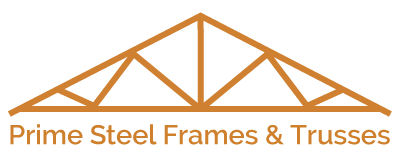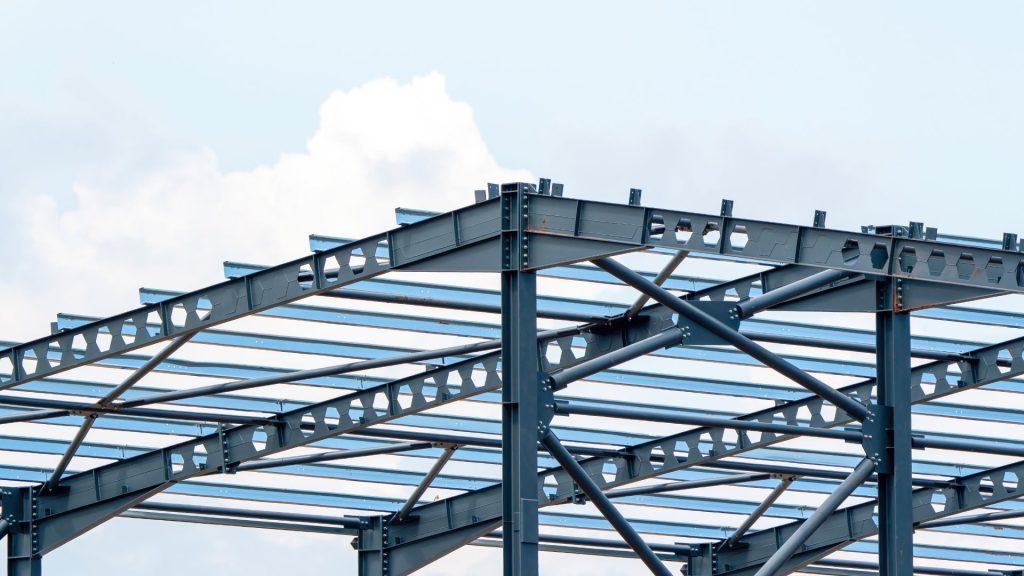In the ever-changing field of construction, new developments in the fields of materials and technologies are a key factor in the creation of buildings that make up our cities. As we move into 2024, an entirely new age is emerging in the field of building frameworks, one that is characterized by the introduction of modern steel frames and trusses.
This major change in construction techniques is driven by a constant search for strength, durability and sustainability. This blog delves into the details of this transformational phase, looking at the most advanced technologies and sophisticated methods that mark the beginning of a new era in steel construction.
The Evolution of Steel in Construction
Steel has been a foundation in construction for many centuries. It is renowned for its toughness, malleability and adaptability. From the iconic towers that adorn urban landscapes to the bridges that span huge distances, steel has played an integral part in the realization of architectural plans.
However, the evolution of steel construction has witnessed continual change, and by 2024, we will witness an improvement that will take its capabilities to new levels.
Advanced Alloys and Composites
One of the major factors driving the modern generation of steel trusses and frames is the advancement of alloys and composites.
Engineers and metallurgists have worked together to develop steel formulations that not only boast greater strength, but also have improved resistance to fatigue and corrosion.
These alloys open the way for lighter but more durable structures that push the boundaries of what was once thought to be feasible.
Precision Engineering and Fabrication
In 2024, the art of precision engineering will take the center stage in the development of steel trusses and frames. Computer-aided design (CAD) and Building Information Modeling (BIM) technology allow engineers to precisely design and improve every element of the structure.
This level of precision extends to the fabrication process with robotics, and automated systems ensure that every component is made with unmatched precision. This results in a flawless assemblage of steel parts that are perfectly positioned at the site of construction.
Sustainability, A Driving Force
As the construction industry worldwide is moving towards green practices, the materials that are used to construct frameworks will face more scrutiny. Steel, due to its recycling capabilities and environmental footprint is a leading contender in the search for eco-friendly construction solutions.
Recycling and Circular Economy
The elegant steel frames and trusses for 2024 are built with sustainability in the back of their minds. Steel, which is highly recyclable, is in line with the principles of circular economies.
The possibility of recycling and reusing steel elements at the conclusion of a building’s lifespan reduces the environmental impact of building projects, resulting in the creation of a more sustainable future.
Improved Structural Performance
The modern steel frames and trusses of 2024 aren’t just stronger and more sustainable but also have improved structural performance. Engineers make use of state-of-the-art simulation tools to study and optimise the performance of steel structures in different conditions and loads.
Seismic Resistance
In areas that are susceptible to seismic activity, steel’s strength and durability make it a perfect material to build earthquake-resistant structures.
In 2024, architects will use advanced techniques for modelling to design steel trusses and frames that can withstand the force that are imposed during an earthquake.
This improves the security of structures but also decreases the necessity of extensive retrofitting in areas that are prone to earthquakes.
High Load-Bearing Capacity
With the improved alloys and composites used in frames made of steel and trusses are now able to carry greater loads without compromising safety. This opens new possibilities for designers and architects, which allows for the construction of more expansive and larger structures.
Be it expensive atriums, high-rise bridges, or ingenious design concepts, the improved capacity to bear loads of steel expands the possibilities of what can be accomplished in the construction industry.
Architecture Freedom and Design Flexibility
Beyond the technological advances, the refined steel frames and trusses to 2024 provide architects with incredible freedom and design flexibility. The improved properties of steel allow architects to realize architectural concepts that were previously limited by the material properties.
Sleek and Lightweight Designs
Utilizing advanced alloys allows the design of slim and light steel structures. Architects can play around with designs that focus on aesthetics without compromising structural strength. This new freedom opens the way to new architectural shapes and forms that alter the urban visual landscape.
Iconic and Sustainable Structures
Architects are increasingly taking sustainable design into their plans, and steel fits perfectly with this philosophy. The sleek steel trusses and frames of 2024 allow the construction of iconic and sustainable structures that are a testament to engineering excellence and environmental stewardship.
From carbon-neutral buildings, for office buildings to energy-efficient offices, steel becomes the canvas upon which architects draw the future of sustainable architecture.
Conclusion
As we approach the 2024 year, mark the construction industry will witness the beginning of a new era in steel trusses and frames. This transformational phase is marked by the latest alloys as well as sustainable practices, enhanced structural performance and the incorporation of intelligent technologies.
The combination of sustainability, strength and design flexibility places steel as a key element to build the future. The evolution of steel from being a traditional building material to a more refined and technologically advanced material reflects the continuous evolution of the building industry.
As architects and builders take on these new innovations, the future skylines will be shaped by structures that don’t just rise to new heights, but also serve as a beacon of advancement and sustainability.



